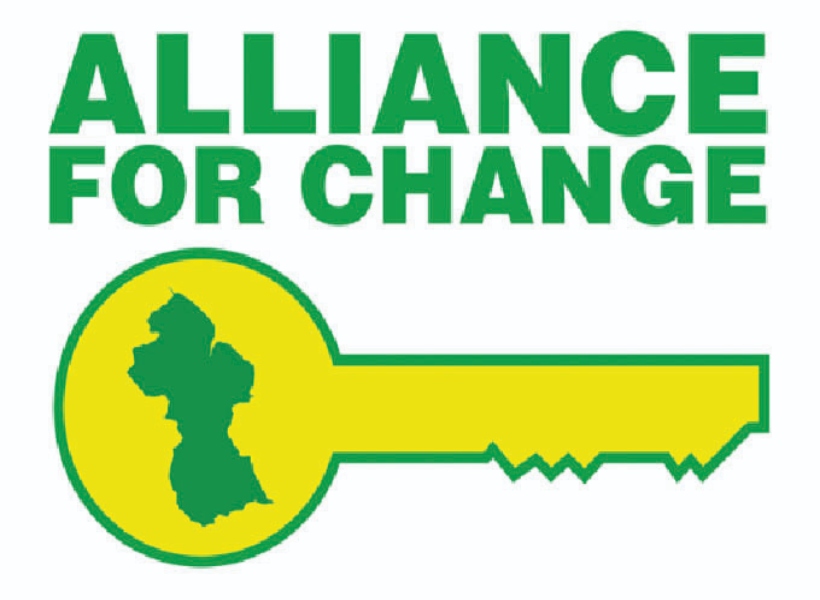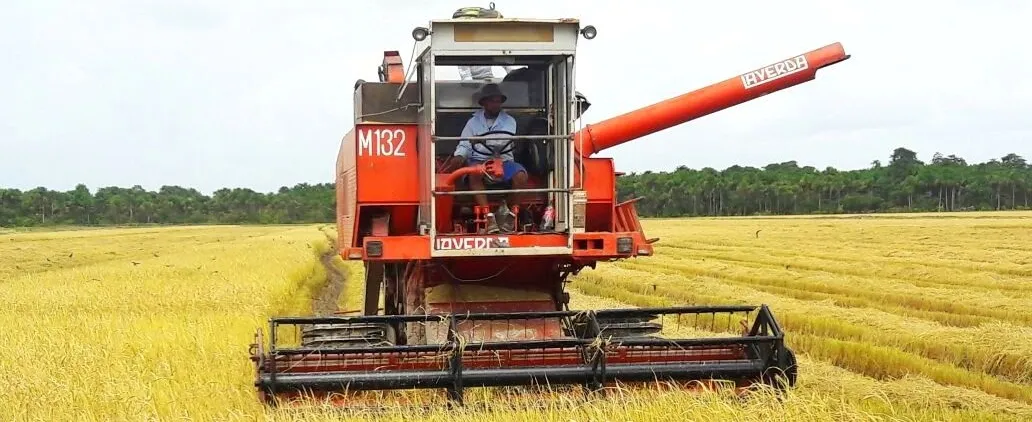Dear Editor,
I am encouraged by a few persons to conduct an estimation of a probable cost of an oil spill offshore Guyana with a medium probability. For simplicity in presentation, I have only focused on a single scenario, though multiple scenarios can be simulated which would be a painfully time-consuming task. Of note, I do not have the benefit of all of the relevant information needed for such an exercise―that is, an assessment of EEPGL’s risk management framework, specifically those related to its environmental risk management and operational safety standards, systems, and procedures. These are the prerequisites in order to develop a practically realistic estimate as possible.
In view of the foregoing, the estimate herein is based on information that is within the public domain, this author’s own assumptions using the BP case study as the benchmark, and with adjustments for inflation. The purpose of this is merely to present a perspective and for readers to have an idea of a reasonable probable cost of an oil spill.
Extending on my previous articles on this subject already, I had established broadly the process to carry out an estimation exercise and alluded to some of the factors in the case of Guyana that will have to be considered. For example, the requirement of a capping stack in country, and the advancement of new technologies over the years, employed by ExxonMobil globally, are all aimed at minimizing the environmental risks in the petroleum industry. Particularly, the capping stack which is a device that never existed prior to the BP oil spill in the Gulf of Mexico just over a decade ago.
While many commentators have relied on the BP oil spill as the benchmark, it is worth noting that a major oil spill involving ExxonMobil (the Exxon Valdez oil spill) occurred more than three decades ago and was not as catastrophic as the BP in the Gulf of Mexico.
There are various costs of the BP oil spill ranging from US$60 billion to US$70 billion, ten years later. Notably, there was a study on the ultimate cost of the BP oil spill done in 2018 by the University of Houston. The study found that there was over US$60 billion in hidden costs which resulted in the ultimate cost amounting to US$145.9 billion. In the case of the Exxon Valdez oil spill, the total cost amounted to US$4.3 billion (adjusted for 33 years inflation is equivalent to approximately US$9.8 billion in today’s money), representing 6.7% of the costs associated with the BP oil spill.
This estimated probable cost in the attached illustration is contingent upon the following assumptions:
– The BP oil spill resulted in some 3.19 million barrels of crude oil based on a Federal Court ruling and the cleanup cost amounted to US$14.3 billion. The spill, which was caused by an explosion of its Deepwater rig, was capped three months or 90 days later. With this information, the cost of the spillage in terms of the volume measured in oil equivalent-barrels per day can be calculated, as shown in the above table.
– The clean-up cost per barrel is estimated at US$4,483 and the spill per day is an estimated 35,000 barrels, resulting in a clean-up cost per day of US$159,000.
– The environmental cost for Guyana is estimated at 10% of the BP environment cost (9 days / 90 days=10%).
– This scenario is based on a maximum period of 9 days spillage before the well is capped, as per the requirement in the Environmental Permit where the capping stack is required to be deployed within 9 days of a spill. Within this time frame, the estimated number of barrels spilled is 315,000.
– The total estimated cost is inflated at a rate of 20%. 
As illustrated in the above table, in a medium probability scenario, the oil spill clean-up cost and environmental cost are an estimated US$2.7 billion for a nine days oil spill before the well is temporarily capped. The major environment cost would be the impact on the fishing industry resulting in a loss of export earnings. As of FY 2021, the export earnings from the fishing industry amounted to US$40 million.
Hence, the environmental estimated cost in this scenario of US$853 million represents 21 times/years’ worth of annual export earnings from the fishing industry. The clean-up cost is an estimated US$1.43 billion, and the daily clean-up cost alone is an estimated US$159 million, and the daily clean-up and environment cost is an estimated US$304 million.
What is the recourse in the event of an oil spill?
For discussion purposes, now that we have an idea of what the probable cost of an oil spill could amount to, in accordance with the terms and conditions of the Environmental Permit, there are three levels of recourse available to the Government to cover the liability.
Firstly, there is the US$600 million insurance, secondly the government can take a charge on the consolidated assets of EEPGL, Hess and CNOOC in Guyana, and thirdly, there is the Parent Company Guarantee of US$2 billion. So, for demonstration purposes, the consolidated total assets as of FY 2021 for EEPGL, Hess and CNOOC, stood at US$9 billion. While the financial statements for FY 2022 is not yet filed with the Deeds Registry, it is reasonable to assume that based on the year over year (y-o-y) growth of the total assets from FY 2020–FY 2021 at a rate of 57%, the total assets for EEPGL, Hess and CNOOC (Guyana) as of FY 2022 is an estimated US$14 billion. Therefore, the total coverage for EEPGL’s and its Affiliates’ contingent liabilities as of FY 2022 is an estimated US$16.6 billion (comprising the insurance coverage of US$600m + total assets of the local subsidiaries of US$14b + parent company guarantee US$2b).
Assuming that the US$2.7 billion is a reasonable probable cost of an oil spill spanning nine days before capping the well, this amount represents 16% of the total coverage as of FY 2022, as per the above description.
Concluding Remarks
With the aforementioned in mind, it can be safely concluded that there is adequate financial resources to cater for any environmental contingent liability at this point in time. And more importantly to note, if those assets are exhausted, the government can still go after the Parent Company which is most likely to be the subject of litigation in a Court of Law. Case in point, the BP oil spill in the Gulf of Mexico.
Yours sincerely,
Joel Bhagwandin
Public Policy and Financial Analyst









